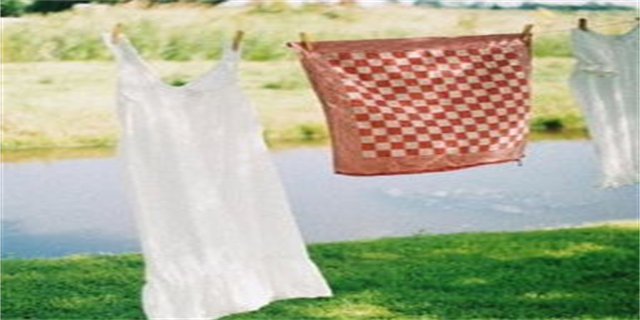Angels are celestial beings that can be found in various religions and mythologies around the world. They are often portrayed as beautiful and ethereal beings with wings, and are considered messengers of God. The word “angel” comes from the Greek word “angelos” which means messenger. In this article, we will discuss the origin and meaning of angels, their depiction in popular culture, and the different terms used to describe their beauty.
The concept of angels can be traced back to ancient civilizations such as the Babylonians and Egyptians. In the Bible, angels are described as creatures of light and are often sent down to earth to deliver messages from God. In Islam, angels are referred to as “malaikah” and are considered to be messengers of Allah. Angels are also found in many other religions such as Hinduism, Buddhism, and Sikhism.

The Beauty of Angels
Angels are often depicted as beautiful and divine beings. They are known for their ethereal beauty, with their wings symbolizing their ability to fly and transcend earthly limitations. In Christian art, angels are often depicted with a halo, representing their divinity and pureness. In Islamic art, angels are portrayed as majestic and magnificent, with their wings representing their power and strength.
The Different Terms used to describe Angelic Beauty
There are many different terms used to describe the beauty of angels. In Christianity, angels are often referred to as “heavenly host” or “choir of angels”. In Islam, angels are often referred to as “jinn” or “malaikah”. In popular culture, angels are often referred to as “guardian angels” or “angels of mercy”. Regardless of the term used to describe them, angels are universally known for their beauty and grace.

In conclusion, angels are celestial beings that have fascinated believers and non-believers alike for centuries. They are known for their beauty, grace, and divine nature, and are often depicted as powerful messengers of God. Whether you believe in angels or not, their stunning beauty and ethereal nature have left an indelible mark on our cultural imagination.
文章来自互联网,只做分享使用。发布者:苇叶生活,转转请注明出处:https://www.weiyetrade.com/ywhl/30366.html
